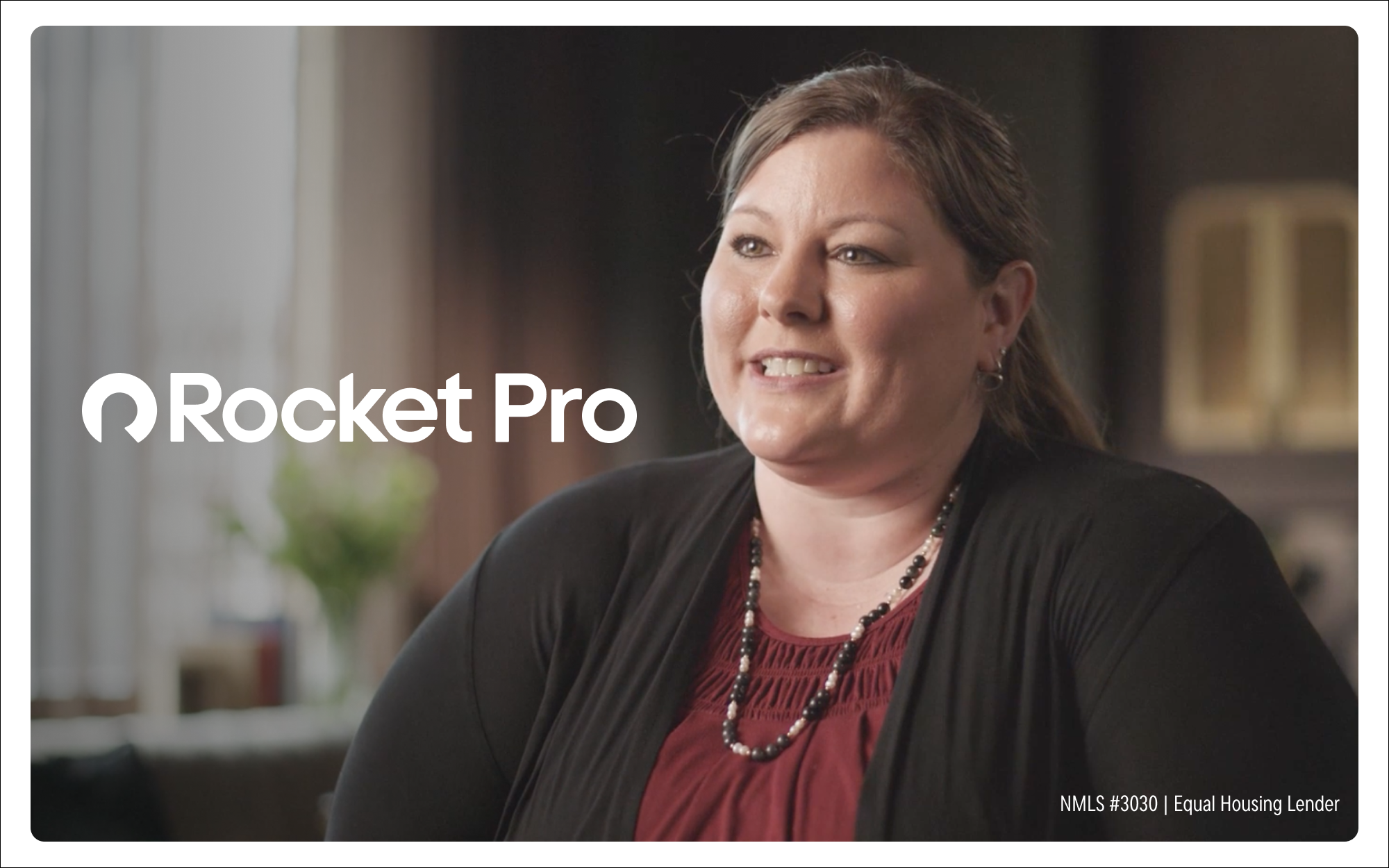During a housing shortage, community banks are using their agility, relationships and market insight to support apartment developments when larger lenders fall short.
Community Banks Propel Multi-Family Home Growth
June 01, 2025 / By Beth Mattson-Teig
During a housing shortage, community banks are using their agility, relationships and market insight to support apartment developments when larger lenders fall short.
Community banks are the “bread and butter” capital source for apartment developers, such as the Procopio Companies, which currently has 10 projects underway in New England. Its current projects range in size from 150 units up to nearly 400, and all are being financed through local community banks.

“They’re generally giving us far better terms than we would get from the regionals, and certainly the big national banks,” says Michael Procopio, CEO of Procopio Companies. And the community banks are much more solution-oriented, he added.
Working with larger regional banks often means that a loan has to fit in the box or follow the program they offer. If a community bank likes the deal, they will look at different ways to structure it to make it work. On a construction loan, they can float, swap or cap the rate. “They’re just so flexible, and for us, what that gives us is confidence to close,” says Procopio.
Headwinds slow near-term growth
Despite an ongoing shortage of housing, developers are bumping into hurdles that are slowing the overall volume of construction starts in the near term and contributing to cautious underwriting. Builders are continuing to battle higher costs, and in some markets, rent growth is slowing and concessions are rising in the wake of a surge in new completions that will take time to absorb.
According to the National Association of Home Builders (NAHB), a spike in completions resulted in a 1% decline in rent growth at the end of 2024. However, as the pipeline for starts and completions slows, occupancy rates are expected to improve and rents should increase. The NAHB is forecasting that multifamily starts will fall 11% in 2025 to a rate of 317,000 units and then regain some momentum in 2026 with an increase of 6% to reach 336,000.

“There are a handful of markets in our footprint right now that we probably wouldn’t even go into right now, because they’ve been overbuilt,” says Lisa Shelnutt, senior vice president and commercial real estate division manager at $28 billion‑asset United Community Bank in Greenville, South Carolina. However, fundamentals and underlying supply and demand are specific to markets, and some of the markets the community bank serves across the Southeast are experiencing strong growth.
Over the past several months, United Community Bank has seen a big increase in activity as developers have adjusted to the higher-rate environment. “Compared to where we were [at this time last year], we are incredibly busy,” says Shelnutt. Some clients that had put projects on hold or were sitting on land for new development are now moving forward, she adds.
Stepping into the gap
Community banks are finding an opportunity to fill a void in the market following a pullback on commercial real estate (CRE) and multifamily lending from the regional and national banks. A convergence of factors has pushed many of the bigger banks to the sidelines, including the stress of higher interest rates on existing real estate loans, which is contributing to tighter liquidity and more cautious lending.
Borrower confidence in some of the large banks was also shaken after the fallout from distress at major commercial real estate lenders, including Signature Bank of New York and First Republic. Multifamily lending in areas such as New York City has been further hampered by recent changes to rent stabilization laws that limited owners’ ability to increase rents.
Across New York and the broader tri-state area, there weren’t many outlets for property owners to refinance their maturities or finance new construction loans or acquisitions, says Karl Seus, senior vice president and head of commercial real estate at $22.4 billion-asset Customers Bank in West Reading, Pennsylvania.
Customers Bank has stepped up to not only make loans but also gain new relationships and top-tier clients in the process. The community bank is expanding those relationships beyond real estate and construction loans with deposits, business loans, lines of credit, and other products and services.
Although Customers Bank is focused primarily on making permanent loans to cash-flowing assets, it is providing construction financing in certain situations. “We’re being selective, but we’re filling a void that’s left by the other banks in the CRE industry as a whole at the moment,” says Seus. “We’re excited about 2025, and for our good clients—we’re going to be here for them in the CRE space, as well as in banking as a whole.”
Managing lending limits
Community banks are bumping into lending limits on high-cost apartment projects that are prompting them to engage in participation loans with other community banks. For example, the single-asset lending limit at United Community Bank is $35 million, whereas the total cost of developing a 200- to 300-unit apartment building can be upwards of $70 million. As a result, United is partnering with a handful of similarly sized community banks on construction loans.
According to Shelnutt, the community bank’s most common structure for new apartment construction is a 48-month interest‑only loan with a 12-month extension option. If the borrower reaches certain debt coverage at that point, such as break-even or better, the loan can automatically extend for 12 more months. During that extension option, the loan would shift to a 30-year amortization.
Typically, lenders are underwriting loans at a 60% to 65% loan-to-cost ratio. Another positive for developers is that there seems to be an increase in available public financing sources to help fill their capital stacks. “We’re seeing a lot of tax incentive financing now, helping to bridge those equity gaps,” says Shelnutt.
According to Shelnutt, some municipalities will offer local tax incentives to redevelop vacant buildings or abandoned property. Others are offering tax abatement or financing assistance for developers that commit to set aside a certain number of units for low- to moderate-income renters to incentivize affordable housing.
Broad demand for rental housing
High costs and low inventory in the for-sale housing market are spurring demand for all types of rental housing, especially affordable housing options. Beyond apartments, community banks are finding opportunities to finance a wide variety of rental housing from duplexes to senior housing.
For example, F&M Bank in Edmond, Oklahoma, is situated in one of the highest-growth housing areas of Oklahoma City. With an asset size of $760 million, the community bank doesn’t have the capacity to provide financing for large-scale apartment projects. However, it has found a solid niche in continuing to fund home builders that are constructing both for-sale and for‑rent single-family homes.
The area’s growth is pushing the cost of housing higher, with average prices in and around Edmond ranging between $400,000 and $800,000. “Affordable housing is [becoming increasingly difficult] for homebuyers, and those prices, along with higher interest rates, prohibit a lot of folks from being able to afford a home here,” says Curt Trindle, executive vice president at F&M Bank.
According to Trindle, some homebuilders will allow up to 10% of the homes within their subdivision or neighborhood to be bought by investors and used as rentals. Buyers are often high-net-worth investors coming from California or Utah who see the Oklahoma City area as a good investment. Builders are taking advantage of the investor interest to speed up sales or sell their less-desirable lots.
F&M Bank also provided developer financing for a new $3 million build-to-rent neighborhood in Guthrie, Oklahoma, that will feature 25 rental homes. Trindle expects to see steady demand for the development of single-family rentals due to the ongoing affordability hurdles for homebuyers.
Building strong relationships
For community banks, providing financing for needed housing helps to strengthen their communities and banking relationships. For example, Shelnutt has worked with some developer clients for 20 years. “Truthfully, what we have is a commodity,” she says. “The money is all the same. It’s really about the relationships.”
The unexpected can happen with any construction project, whether it’s a change order or if the lease-up doesn’t go as planned. “Being able to execute and work through those problems is a big deal to developers,” says Shelnutt.
The head of United Community Bank’s construction loan administration group also used to be a general contractor. “So he’s not one of those guys that sits in front of a computer with a spreadsheet,” says Shelnutt. “He really gets it, and that goes a long way for our bank in building relationships.”
Subscribe now
Sign up for the Independent Banker newsletter to receive twice-monthly emails about new issues and must-read content you might have missed.
Sponsored Content
Featured Webinars
Join ICBA Community
Interested in discussing this and other topics? Network with and learn from your peers with the app designed for community bankers.
Subscribe Today
Sign up for Independent Banker eNews to receive twice-monthly emails that alert you when a new issue drops and highlight must-read content you might have missed.
News Watch Today

Join the Conversation with ICBA Community
ICBA Community is an online platform led by community bankers to foster connections, collaborations, and discussions on industry news, best practices, and regulations, while promoting networking, mentorship, and member feedback to guide future initiatives.












